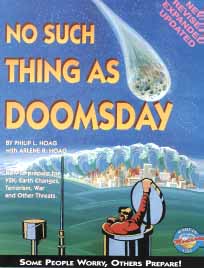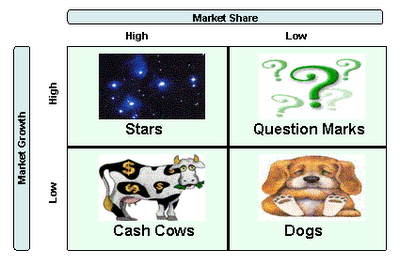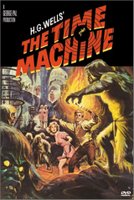Boston Matrix

High Growth/Low Share
These combinations are described as 'wild cats', or alternatively 'problem children' or 'question marks'. This is the area where new products start out with a small share of a growing market. However, not all of these good ideas will survive and the key management decision is whether investment should be continued because of high potential or be cut back because their market share is too low to survive.
High Growth/High Share
Products in this quadrant are described as 'stars' , representing successful high profit generating parts of the business. The fact that the market is growing justifies continued investment in these parts of the business and the profits generated can be funnelled either back into these profits or into new 'wild cats' which are the potential 'stars' of the future.
Low Growth/High Share
These products give rise to what are termed 'cash cows' (or falling stars!) from which steady profits can be milked, but because of the static market the money which they generate should be invested elsewhere.
Low Growth/Low Share
These products are termed 'dogs' (or falling cows?) and are typified by long established products providing very little return and thus should have investment capital removed from them. This is also the category within which it is reasonable to place those facilities which normally provide support to other parts of the organisation but do not help generate profits.






